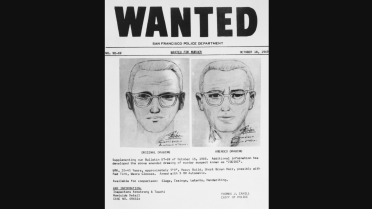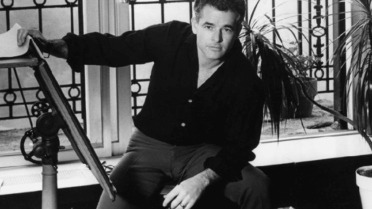Have you ever seen a movie poster that looked so cool, it made you want to watch the movie right away?
That’s the kind of work Bob Peak did.
In the 1970s and 80s, he changed movie posters from plain ads into bold, colorful art that stood out.
He created posters for big films like Star Trek, Apocalypse Now, and Superman that made them look just as exciting on paper as they were on screen.
In this post, you will learn how a hardworking artist from Kansas became known as the “Father of Modern Movie Posters“—and why Hollywood still loves his work today.
An Overview of The Artist
Born in Denver in 1927, Bob Peak wasn’t your typical artist. With a pencil in hand and fire in his heart, he saw the world differently than most.
What Made Him Special:
- Created art that told stories at a glance
- Mixed realism with splashes of bold color
- Broke all the rules of traditional illustration
- Made commercial art that felt personal
If the walls could talk, they would say Bob worked all day on his art while playing jazz music.
Early Life and Education of Bob Peak
Below is an explanation of the early life and educational background in detail.
- Early Interest in Art: Developed a passion for art at a young age; started drawing recognizable likenesses by age nine.
- Initial College Path: Attended Wichita State University, majoring in geology and minoring in art.
- Part-Time Job: Worked at McCormick-Armstrong, a local printing and graphics firm, gaining experience in layout, illustration, and lettering.
- Military Service: Served in the U.S. Navy during the Korean War.
- Art Education: After returning, he enrolled at the Art Center College of Design in Los Angeles, graduating in 1951.
- Career Foundation: Early experiences and formal education set the stage for a groundbreaking career in commercial illustration and movie poster art.
How Bok Peak Became a Star?
| Period | Key Milestones |
|---|---|
| 1950s | Moved to New York |
| 1960s | The first movie poster (West Side Story) defined the look of blockbuster films, and Magazine illustrations took off |
| 1970s | Major advertising campaigns, became the go-to artist for Hollywood, won the first major award (Old Hickory Whiskey), developed a signature style, and set new standards for movie marketing. |
While other artists played it safe, he took risks with color and composition that paid off in attention-grabbing ways.
A Sneak Peek Into His Movie Poster Legacy
Did you know? Bob Peak created over 100 movie posters during his career. His most famous movie posters include:
1. Apocalypse Now

Bob Peak’s iconic poster for Apocalypse Now features a bold, haunting image of a helicopter casting a shadow over a fiery, chaotic backdrop.
The powerful composition captures the intense emotional and visual impact of the film, focusing its war-torn atmosphere.
2. Star Trek: The Motion Picture
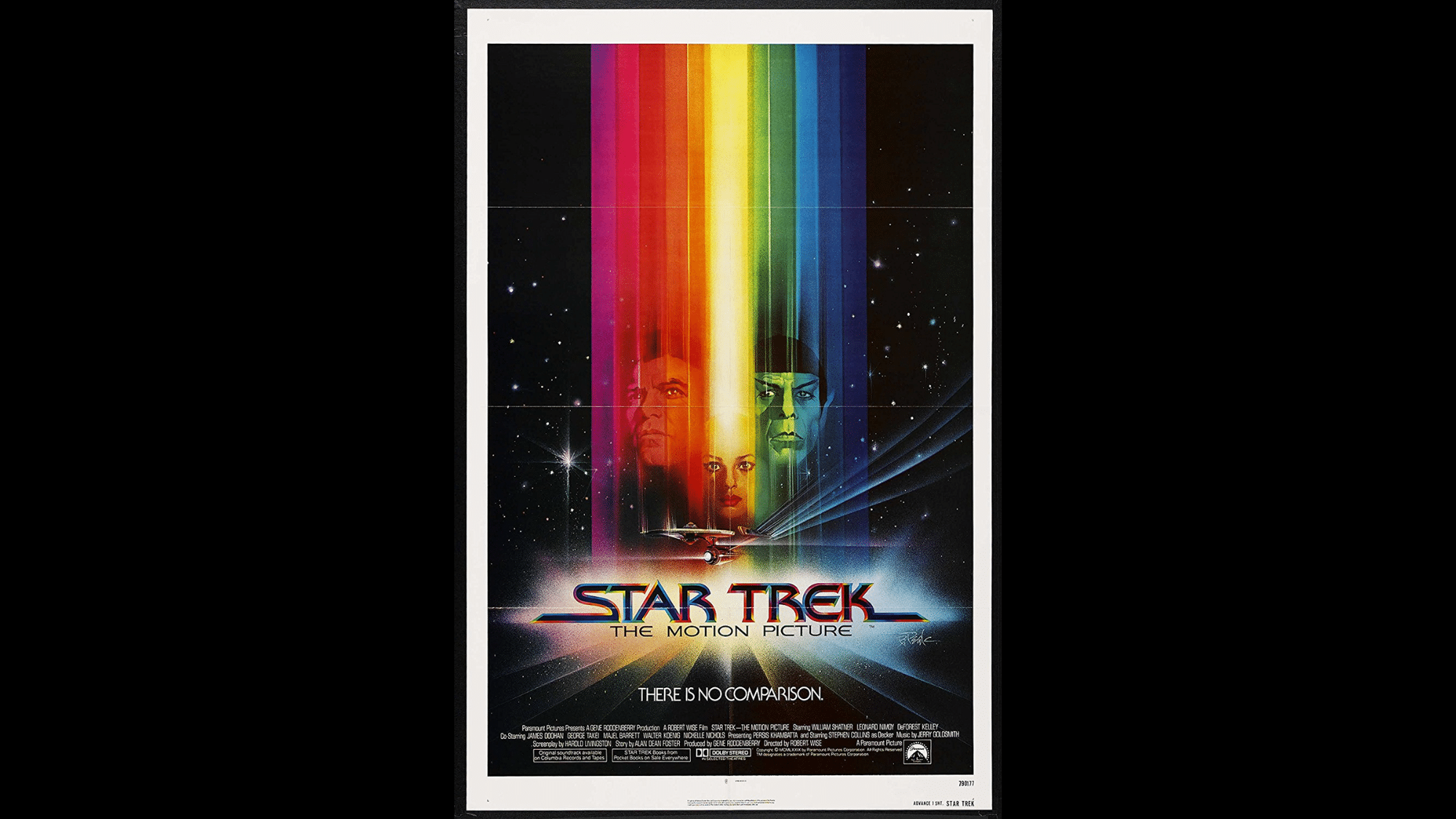
For Star Trek: The Motion Picture, Peak created a striking design that showcases the grandeur of space exploration.
His use of light, shadows, and the Enterprise’s majestic presence sets the tone for a futuristic pathway, blending the sense of wonder and action central to the film.
3. Superman
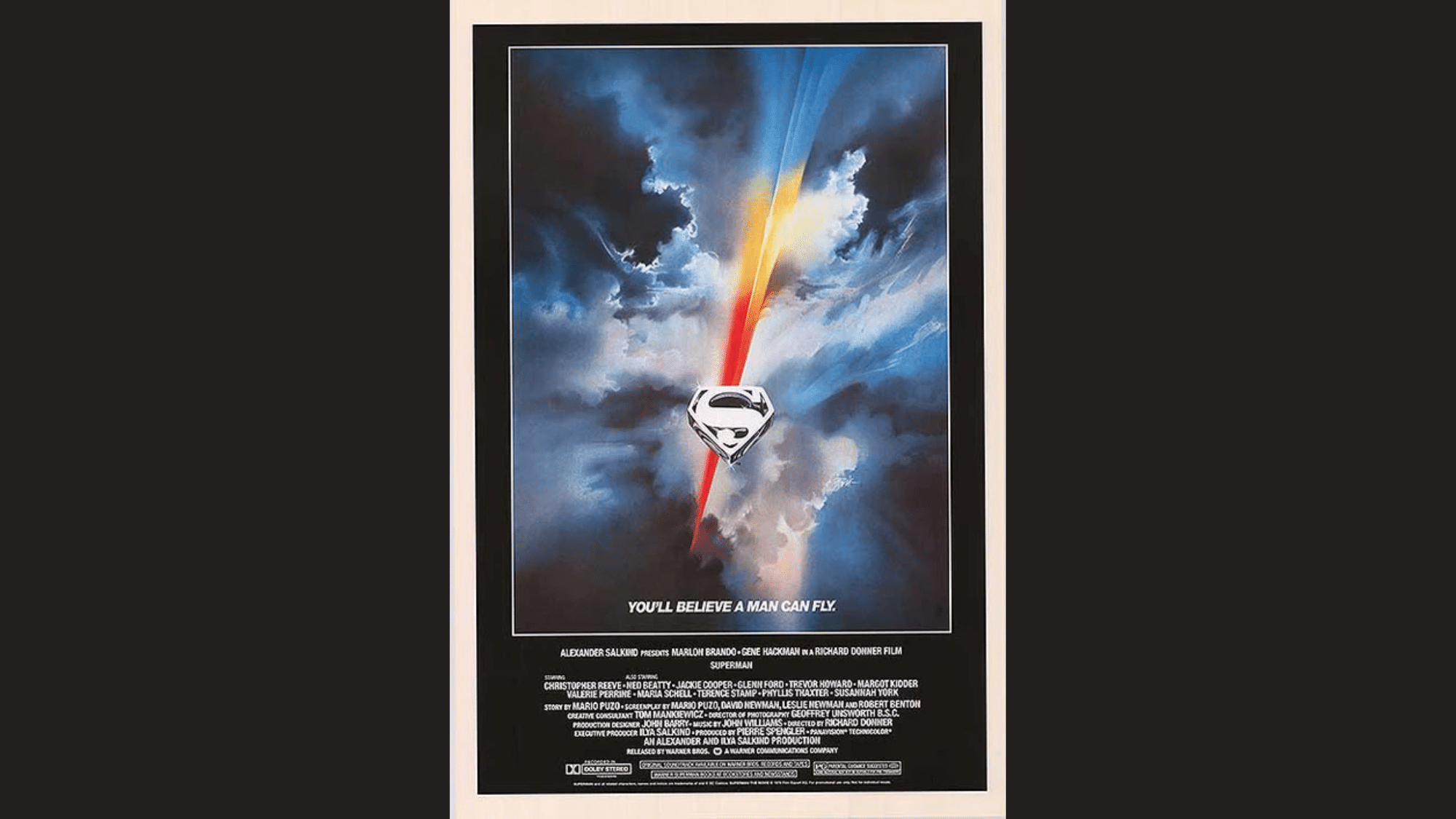
Peak’s Superman poster expresses the superhero’s iconic imagery with a depiction of the Man of Steel soaring through the skies.
The vibrant colors and strong contrasts emphasize Superman’s strength, heroism, and otherworldly powers, making it instantly recognizable.
4. My Fair Lady
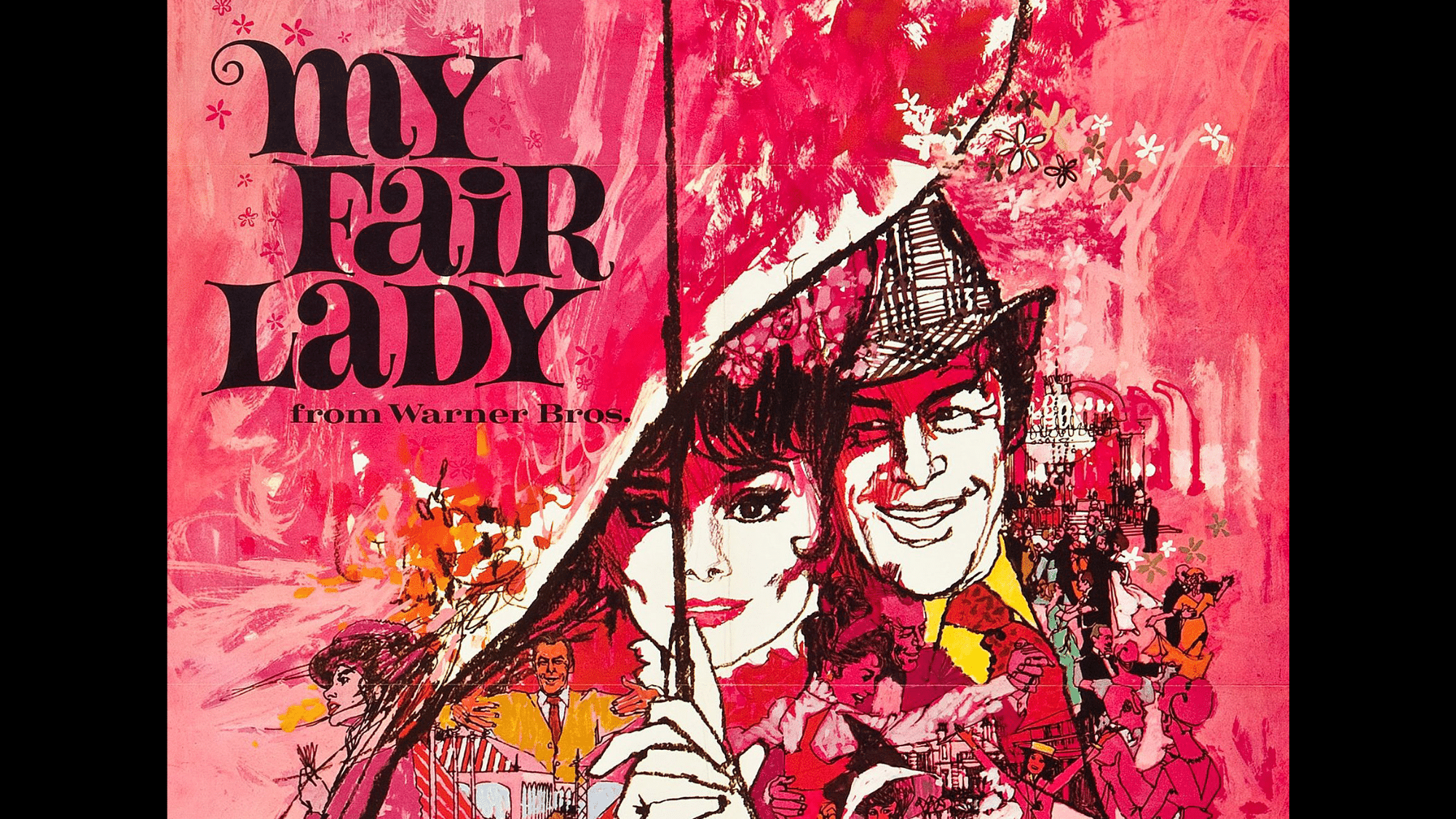
For My Fair Lady, Peak’s poster features a graceful and classy design with Audrey Hepburn’s poised silhouette.
The rich colors and refined style mirror the film’s charm, highlighting the transition of the main character and the dreamy nature of the story.
5. Camelot

In his poster for Camelot, Bob Peak captured the glory of the legendary tale with vibrant imagery of King Arthur and the knights.
The bold use of color, coupled with a majestic depiction of the kingdom, creates a sense of romance and heroism central to the film’s narrative.
- Before Bob Peak: Movie posters showed literal scenes from films
- After Bob Peak: Movie posters became artistic interpretations that captured a film’s emotional core. His work made you feel like you were in the movie before you even bought a ticket.
List of Awards and Recognition
| Awards and Recognition | Details |
|---|---|
| Society of Illustrators Hall of Fame | Recognized for outstanding contribution to the field of illustration |
| Multiple Art Directors Club medals | Awarded for excellence in art and design |
| Works displayed in the Museum of Modern Art | Bob’s work was showcased in a prestigious museum |
| Featured in international exhibitions | Gained global recognition through exhibitions around the world |
| Praised by fellow artists as a game-changer | Recognized by peers as an innovator in the industry |
| Bob’s Perspective | Focused more on connecting with viewers than collecting trophies |
Personal Life of Bob Peak in Detail
Beyond the fame and movie posters, Bob Peak lived a quiet and steady life, filled with family, routine, and the simple joys that kept him grounded. Let’s get into the details.
1. The Man Behind the Canvas
While Bob Peak’s art hung in theaters worldwide, at home he was simply a devoted husband and loving father.
Born into a middle-class family in Denver and raised in Kansas, he carried those wholesome Midwestern values throughout his life.
2. Family First
Bob married Lucille Peak in the early 1950s, and together they raised three children: Thomas, Kathleen, and Diana. Despite the demands of tight deadlines and high-profile clients, Bob made family dinner a priority most nights.
His son Thomas Peak later followed in his footsteps, becoming an artist himself. In interviews, Thomas often shares how his father would invite him into the studio, letting him watch the magic happen.
“Dad never treated his work like some great mystery,” Thomas once said. “He wanted me to see that art was just hard work and love mixed together.”
3. A Day in Bob’s Life
Bob’s daily routine showed his dedication:
- Up by 6 AM for early morning sketching
- Studio work from 8 AM to 5 PM
- Family time in the evenings
- Often returned to the studio after the kids were in bed
On weekends, he’d take breaks to play catch with his son or attend his daughters’ school events. His wife, Lucille, became an expert at knowing when to bring him a sandwich when he was too lost in his work to remember to eat.
Simple Pleasures
- Saturday baseball games
- Fishing trips to upstate New York
- Playing jazz records while he painted
- Walking his dog around the neighborhood
- Collecting old cameras
Friends described him as surprisingly down-to-earth for someone of his stature in the art world. He drove the same car for years and preferred comfortable old sweaters to fancy clothes.
Conclusion
And there you have it, the story of Bob Peak, the man who turned movie ads into art we still hang on our walls decades later.
From Star Trek to Superman, his posters didn’t just tell you about a movie; they made you feel it with every brushstroke and color splash.
What’s truly amazing? This regular guy from Kansas with paint-stained hands changed Hollywood forever while still making it home for family dinner.
Next time you spot a vintage poster that makes your heart race a little, peek at the signature. That Bob Peak magic might be the reason.



